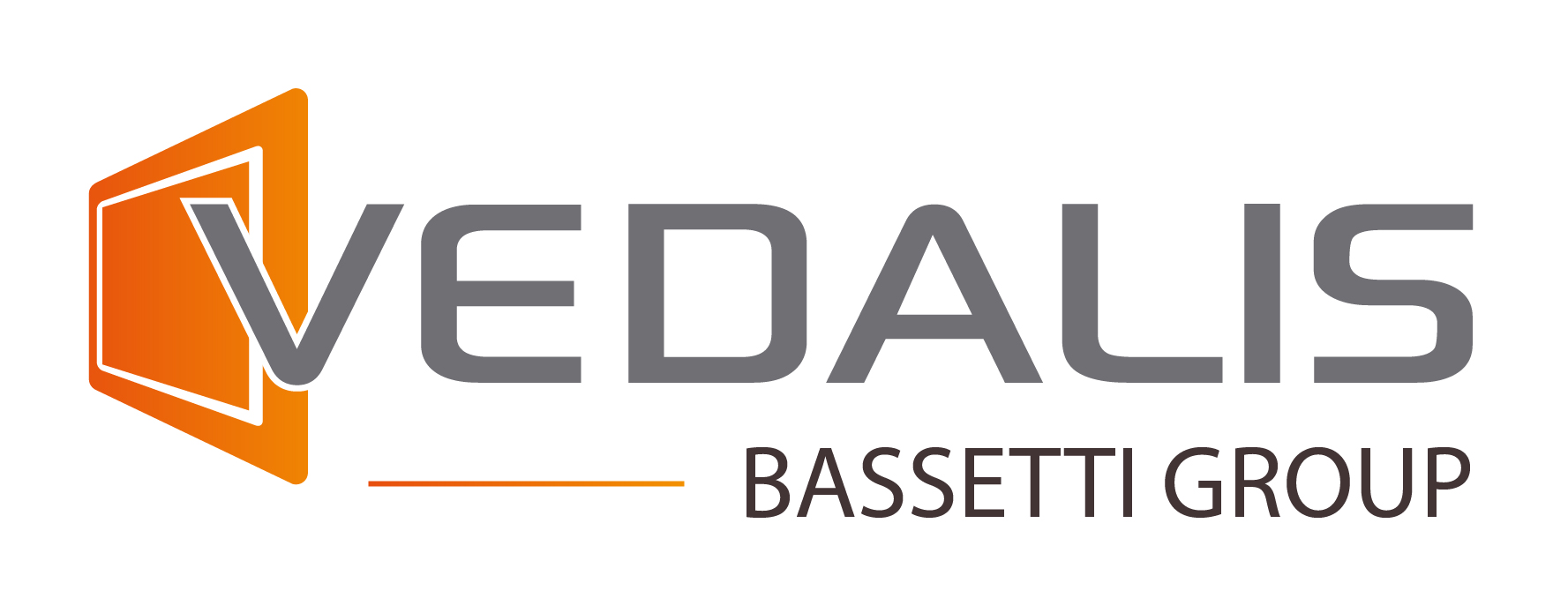
In her article published in La Croix, Anaïs Brosseau distinguishes, by comparing the advantages and disadvantages, collaborative platforms within organizations and company social networks (CSN). On this occasion, VEDALIS proposes to review the benefits of using platforms between employees, based on examples of the functional components of our solution: RoK’IT.
Indeed, the growing popularity of online communities, social networks and organized content are challenging organizations about the evolution of formal knowledge management in their development plans. While social content has provided strong added value in the customer-supplier relationship, formal knowledge management remains essential by providing benefits beyond the informal content in a structure’s internal relationships.
Therefore, the accuracy of information, its traceability and the reliability of sources are elements that distinguish formal knowledge from informal social content. Even if there is no lack of an online subject, the quality of responses can be very uneven. The content of knowledge bases established by an expert, «guarantor of knowledge», naturally creates a relationship of trust, and ensures credibility with regard to the answers given to the questions.
The rapid implementation of CSNs in a few years can be explained in two ways:
- Low cost of fees, per month and per user.
- The supposed user-friendliness of a sharing tool.
Nevertheless, these relative advantages clash with the reality of users.
First, despite the enthusiasm of large companies for corporate social networks (58% of large companies use a CSN, source: IGS-RH) only 17% of employees are users.
This low interest among users is explained by the superposition of «CSN […] to the company’s hierarchies when the initial objective was to go beyond them» explains Professor Jean Pralong. The tool is designed for everyone and supposed to be with little hierarchy so that each user is equal before the exposure of his ideas. But in reality, there is a real fear of judgment, often linked to an impression of a lack of legitimacy.
Especially since by contributing to an external group, the user also fears to be disloyal to his manager, or his department and thus finding himself in difficulty. As proof, employees are eight times more involved in groups created by their managers than in external groups.
« CSNs were created to encourage people without hierarchical links to collaborate. But the real question is rather why they do not do it more naturally when they would clearly benefit from it. »
Considering that CSNs do not correspond to the reality of most employees in a same environment, communities of practice can be set up. These connect services through the transmission of knowledge. As a result, exchanges are no longer made in fear of error, but with the objective of learning and understanding. Most often in respect to the hierarchy, important to managers.
So, with this relationship of trust, legitimacy and relevance, collaboration is strengthened, and common practices are more readable, more secure and optimized.



